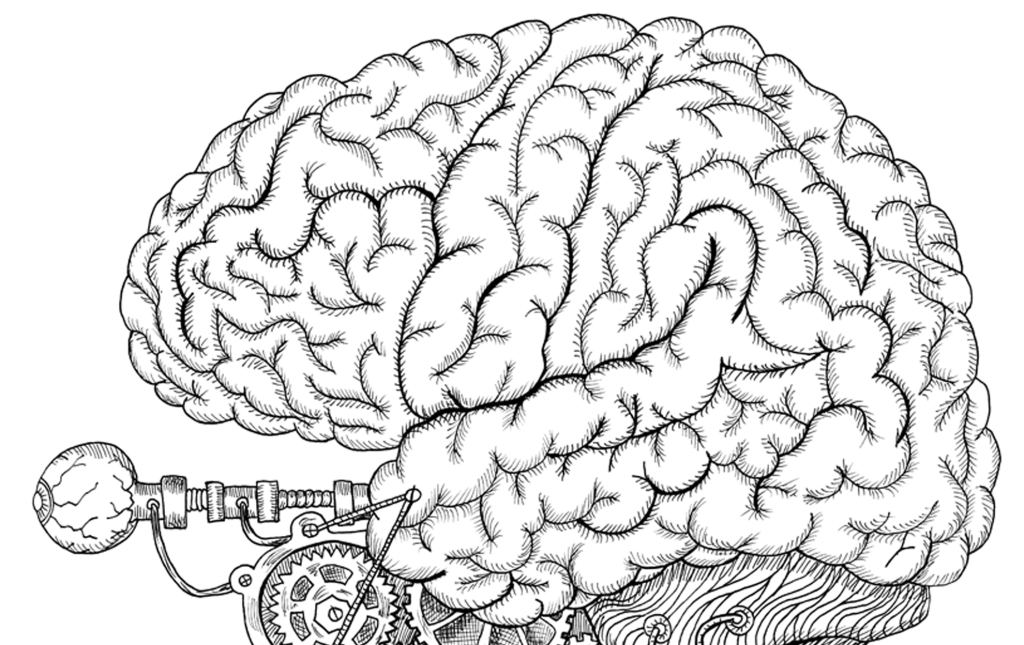Translation is an individual craft to me, honed over years of practice. We usually say “experience” to lump together all the specializations and texts we’ve worked on, as well as all the types of media formats those texts were encased in. Ask the average translator on the street about the sources that feed her translation craft and she’ll probably say love of languages or an inclination to read foreign literature. The following is not intended to one up anyone’s sources of inspiration, however, but to share the aspects that have been feeding my work as a translator.
First, it’s the need to read from all available sources. I don’t limit myself to reading about the heart’s anatomy if I’m working on a heart disease document, nor do I feel my research is bounded by medical vocabulary alone. I would read an economics news, peruse over a text describing a weather phenomenon or let my mind wander around articles on capitalization, a new movie or threaded holes for mounting a piece of equipment. To the untrained eye, I’m wasting time reading nonmedical material, but that’s not how language works. Other texts inform my writing.
Love of orthography or correct spelling comes in second. One of the subjects in my elementary school in Callao, Peru was, unsurprisingly enough, Ortografía. Aiming for correct spelling in all my working languages is not some perfectionistic quirk. I care about the reader, the actual translation user—who is never the client, the project manager or the translator whose written work I’m editing. Plus, Spanish has what Nadeau and Barlow call the culture of language: native Spanish speakers aim for excellence in language usage, and the reader expects that, no matter his or her educational level. Therein lies a particular kind of aesthetic; besides, misspellings are like image artifacts: they detract from reading comprehension and knowledge acquisition.
Journal writing, which I started at age 12, comes third. I’ve kept all my journals from my teen years and my young adult years as well. Translation is an act of communicative writing; it follows that one needs to excel at writing in order to excel at translation, and good writing precedes good translation by years of diligent preparation. Naturally, I had just basic knowledge of the Spanish language when I was 12, but I already knew all of 23 Spanish prepositions and the couple dozen verb tenses, and how to use the subjunctive. My first journal entries weren’t publish-ready nor polished writing, and they were rather descriptive and mostly pedestrian: things I did from day to day. It was much later that I developed the skills to describe states of mind, feelings, complex facts, my friends’ personality traits and so on. But journal writing is just one way to exercise ourselves in writing. Your way could be poetry or storytelling, or something else altogether. The point is that a translator is an early or precocious writer.
Music, so much its own universal language, is a fourth influence. Although I do not play an instrument right now, I’ve been inevitably drawn to instrumental performances—Camerata Bariloche and other orchestral groups in my native Córdoba, Argentina. Writing and music composition share some concepts: phrasing, cadence, leitmotif, euphony. I did a bit of baritone tenor singing for eight years in lieu of playing an instrument, which satisfied my eagerness for having music in my life and for sharing it.
But what’s the parallel of music and translation? As with all good writing, a well-crafted translation is euphonic and is highly legible. A translation should be precise, elegant and purposeful in order for its user to find it useful and acquire the requisite knowledge. But let’s not confuse precision with elaboration. Ideally, a well-crafted translation is devoid of ambiguity and clunky syntax. For a song or an instrumental piece to be properly enjoyed, it cannot be just rough cuts or approximations. Likewise, producing a “sufficiently understandable” translation (the province of MT and NMT) is not enough. Sadly, the current culture of speed is working against yielding proper translations.
Calligraphy, a fifth artistic aspect, has exerted a powerful influence on my work. This was a subject I took for two years at a business high school in Córdoba, Argentina. Why calligraphy? Because it was considered essential to learn to write ledger entries with good penmanship. We learned to write in gothic and italics with nib and ink. I would rediscover calligraphy decades later when I started to study and perform desktop publishing for my clients.
In Spanish, we have a saying, to do something con buena letra, that is, slowly and carefully, or to behave in a proper manner. Translators prefer to rewrite a previous translation for a client because (a) it’s less expensive than editing it and (b) the resulting output is fresher and cleaner in writing, not a reinterpretation of what another translator did. So it makes more sense to do a translation thoughtfully to avoid a do-over. I suspect that most do-overs—that is, translations that the project manager thought were final and complete but are full of errors—are one of the consequences of this culture of speed. Will the pasta boil faster than following its natural course? Will cement for a building slab set faster than its natural course dictate? Will typing faster than 90 words per minute bring about a polished contract? Human minds cannot process information and knowledge faster than the human brain allows. There is something refreshing and reassuring of good results if we approach translation as a craft and not as a string of words to be cast on demand.
So what are your artistic influences in your work as a translator?


You must be logged in to post a comment.